Our website is supported by our readers. We sometimes earn a commission when you click through the affiliate links on our website at no extra cost to you.
Cold plunges have gained immense popularity in recent times due to their numerous health benefits and invigorating effects. No doubt, they’re a bit daunting and exhilarating all at the same time. But there’s one aspect of cold plunge ownership that’s often overlooked and that is how to keep your plunge clean and hygienic.
In this comprehensive guide, we’ll delve into the most up-to-date sanitation guidelines and provide you with clear and concise tips to ensure your cold plunge remains a safe and refreshing oasis.
Why Keeping Your Cold Plunge Clean Matters
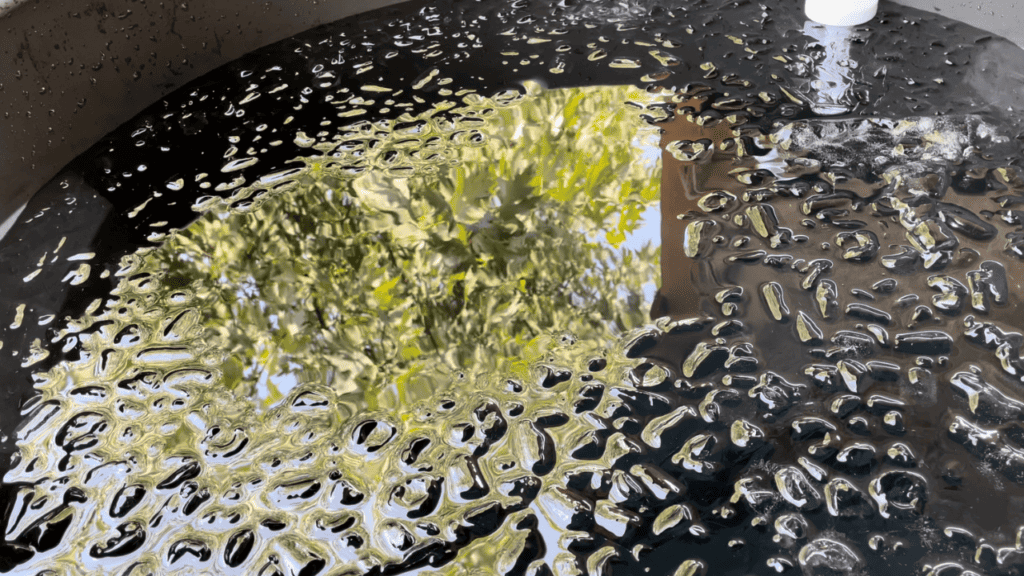
Unless you’re Swamp Thing, when it comes to your cold plunge, no one should be plunging in a murky bog. Because cleanliness isn’t just a matter of aesthetics; it’s a fundamental requirement. In fact, neglecting the sanitation of your cold plunge can lead to several potential issues:
- Health Risks: Contaminated water can harbor harmful bacteria and pathogens, posing health risks to those who use it.
- Reduced Effectiveness: A dirty cold plunge may not provide the same therapeutic benefits as a clean one.
- Aesthetic Appeal: Maintaining a clean cold plunge ensures it looks inviting and appealing. Trust us, slimy, foamy, and green are adjectives you want to avoid.
Regular Ice Bath Maintenance Routine
Step 1: Drain and Refill
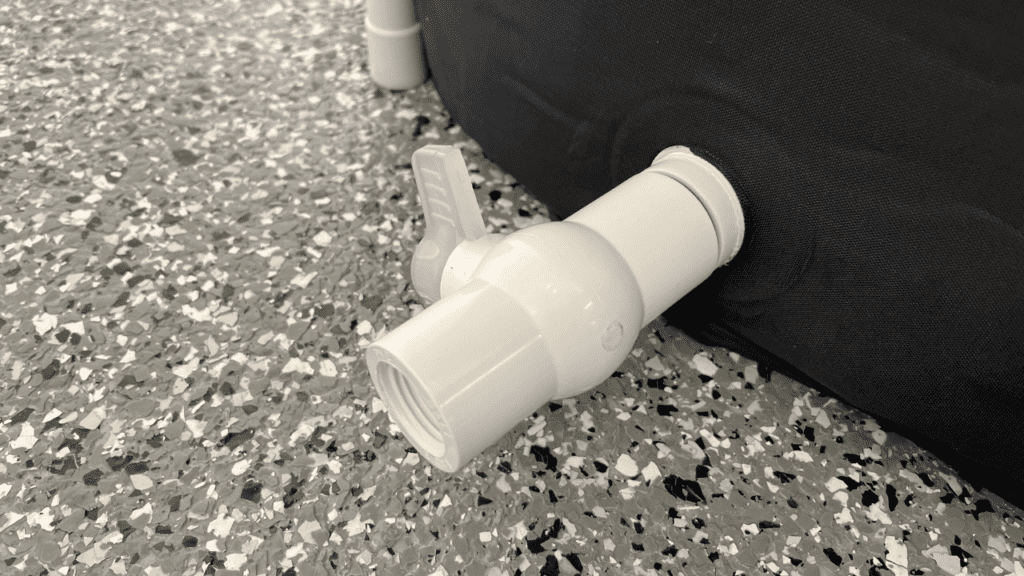
You’ve had your fun, soaked up the invigorating benefits of your cold plunge, and now it’s time to give it the love it deserves. Regularly draining and refilling your cold plunge may seem like a chilly chore, but it’s the key to maintaining water quality that’s as crisp as an alpine stream.

Related Reading: Build a DIY water chiller with a filter
Why Drain and Refill Matters:
- Freshness Factor: Just as you wouldn’t bathe in a dirty bathtub, you don’t want to soak in stagnant water. Draining and refilling your cold plunge ensures that you start each session with a clean slate, literally.
- Contaminant Control: Over time, cold plunge water accumulates contaminants, from sweat and body oils to environmental particles. These substances not only cloud the water but can also become a breeding ground for unwanted microorganisms.
- Water Chemistry Balance: Draining and refilling your plunge is an excellent opportunity to reset the water chemistry. It allows you to maintain the right pH levels, total alkalinity, and sanitizer concentration, ensuring optimal water quality.
How Often Should You Change The Water In Your Cold Plunge?
Assuming you’re not using any chemicals, personal cold plunges with moderate use typically need to be drained every one to two weeks. However, with the right combination of filtration and chemicals, it’s not unusual to extend that to every 2-3 months! Not only is that easier on you, but better for the environment as well.
Related Article: DIY Water Chiller Tutorial
Step 2: Skimming and Filtering

Skimming the surface of your cold plunge to remove debris and using filtration systems are key steps in maintaining water quality. These practices prevent the growth of algae and help keep your water crystal clear.
Why Skimming and Filtering Matters:
- Surface Debris Control: Leaves, twigs, insects, and other debris have a knack for finding their way into your plunge. Skimming prevents these unwanted guests from settling on the surface, which can degrade water quality and aesthetics.
- Algae Prevention: The surface is where sunlight hits the water, and that’s where algae love to grow. Regular skimming disrupts their cozy sunbathing spots, making it harder for them to take hold.
- Enhanced Filtration: Skimming helps your filtration system work more effectively by removing large particles before they have a chance to clog the filter. This prolongs the life of your filtration system and reduces maintenance.
How to Skim and Filter Effectively:
- Invest in the Right Tools: Get yourself a quality spa skimmer or net.
- Establish a Routine: It’s quick and easy, so make skimming a part of your regular maintenance routine. Ideally, if your plunge isn’t covered, you should skim your plunge daily, especially if it’s located in an area prone to debris like leaves or pollen.
- Maintain Your Filtration System: If you have one, your plunge’s filtration system plays a vital role in keeping the water clean. Regularly clean and maintain the filter as per the manufacturer’s instructions.
Choosing the Right Filtration System:
When it comes to filtration, not all systems are created equal. Consider these options:
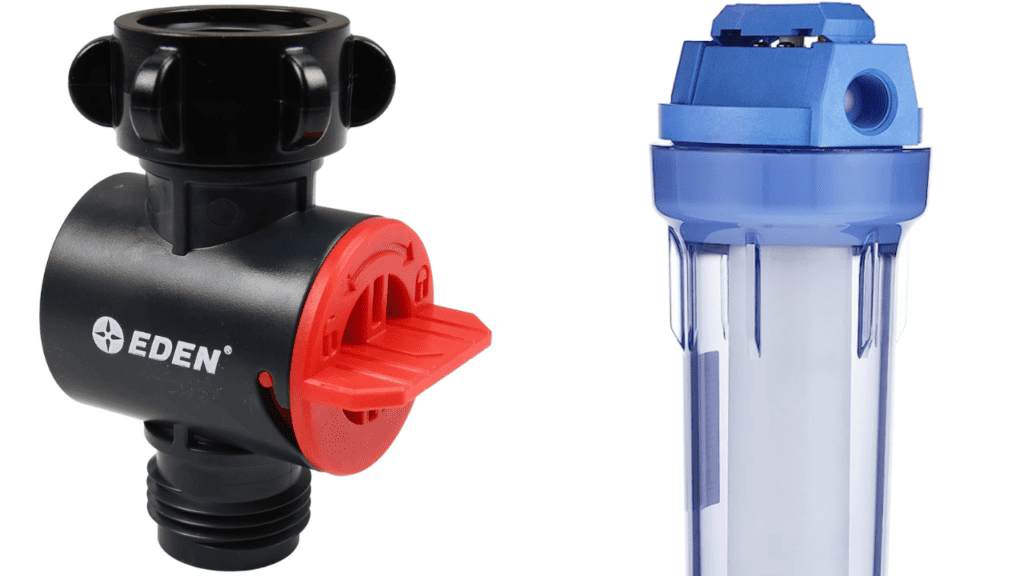
- Sediment Filters: These are the most basic filters you can buy, but they’re effective and low-maintenance. Sediment filters trap larger debris such as grass, dirt, or even bugs. The Eden Inline filter is one that we use and recommend.
- Cartridge Filters: These are more expensive, but offer excellent filtration. Cartridge filters use replaceable filter cartridges that should be cleaned or replaced regularly. On average, these types of filters will last 2-3 months.
Step 3: Cleaning Products and Methods

Safe Cleaning Products
When cleaning your cold plunge, opt for safe and eco-friendly cleaning products. Avoid harsh chemicals that could damage the plunge’s surface or harm the environment.
Cleaning Procedure
Here’s a step-by-step guide to cleaning your cold plunge:
- Empty the Plunge: Drain the water completely.
- Scrub the Interior: Use a soft brush and a gentle soap like Dawn Dish Detergent to scrub the interior surfaces, including the walls and floor.
- Rinse Thoroughly: Rinse off all cleaning residue to ensure no chemicals remain.
- Clean the Filtration System: Follow the manufacturer’s instructions to clean and maintain your plunge’s filtration system.
Preventing Algae and Bacterial Growth
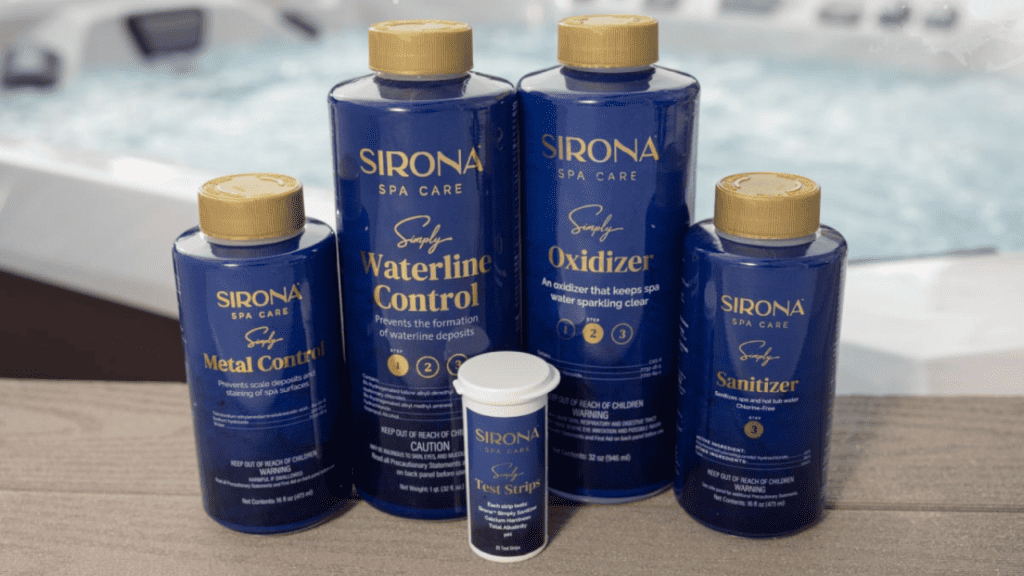
Preventing algae and bacteria build-up is actually quite easy to control with the right products. After using their products for some months now, we find Sirona Spa Care products to be extremely effective. Best of all, their Simply collection is chlorine-free and bromine-free!
You don’t have to use Sirona, but as far as chemicals, the bare minimum you should have is a clarifier, sanitizer, and an oxidizing solution.
The clarifier will help break down the oils from your body and/or lotions. The sanitizer and oxidizer will then kill all the lingering bacteria. And just a quick note, an oxidizer is anything with food-grade Hydrogen Peroxide (6% or less).
Regular Water Testing
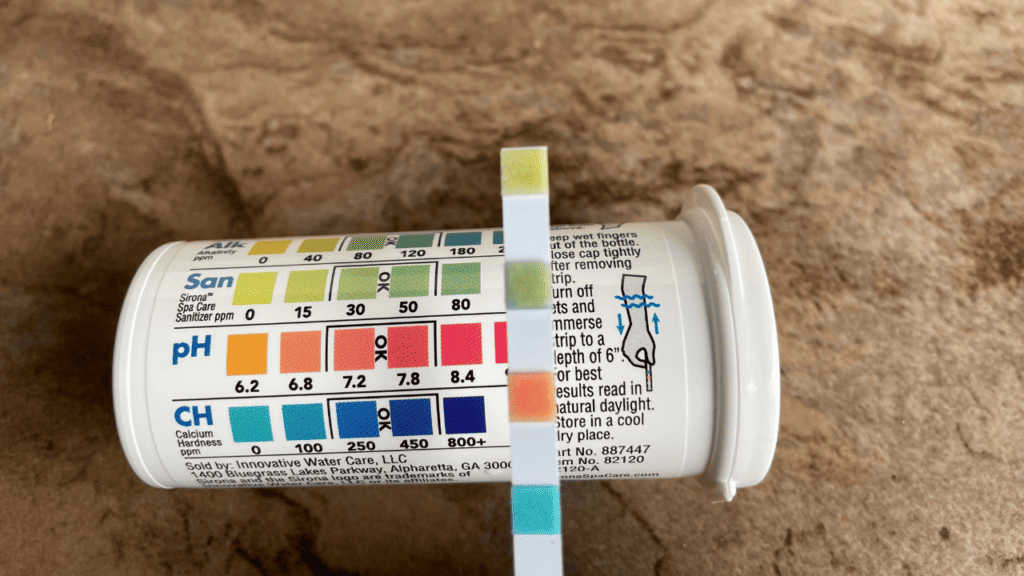
Cloudy water? If you’re not regularly testing your cold plunge water, then you’re just guessing what the problem is. Water testing kits are readily available and provide valuable insights into your water’s chemical balance. Testing strips are a small investment that will take the guesswork out of keeping your ice bath as clean as possible.
Additional Tips for Cleanliness
In addition to the above steps, consider the following tips to maintain cleanliness:
- Shower Before Use: Encourage users to shower before entering the cold plunge to remove excess oils, lotions, and contaminants from their bodies.
- Buy An RV Filter: RV filters attach directly to your hose and will filter out contaminates that might cause future issues. It’s the best way to start with a clean slate before plunging.
Troubleshooting Common Issues
If you encounter problems like cloudy water, odors, or scaling in your cold plunge, don’t panic. Here are some solutions:
- Cloudy Water: Check water alkalinity balance, filtration, and sanitation systems.
- Odors: Clean and sanitize the plunge, and consider adding a secondary pool pump inside the plunge to circulate the water. Stagnant water results in smelly water.
- Scaling: Address issues with water hardness by balancing mineral levels. Calcium build-up is not only bad for your chiller, but an excess amount of calcium can cause the water to get foamy too.
Conclusion
Once set up properly, maintaining the cleanliness of your cold plunge and keeping it sanitary is easy. With a minimal amount of effort, you can avoid the dreaded gooey foam and cloudiness that are guaranteed to accumulate if you don’t.
Remember, a clean cold plunge is not just a luxury but a necessity for your well-being. Take these steps to heart, and you’ll continue to reap the rewards of your cold plunge for years to come.
The authors and editors that comprise the Recovatech Team have 20+ years of combined experience and knowledge covering the topics of strength, fitness, and recovery. We are impassioned in our pursuit of presenting the most up-to-date information on strength training, cardio fitness, physical rehab, functional movement, nutrition, workout recovery, and best-in-class reviews. Should you feel inclined, please reach out to us at admin[at]recovatech.com.

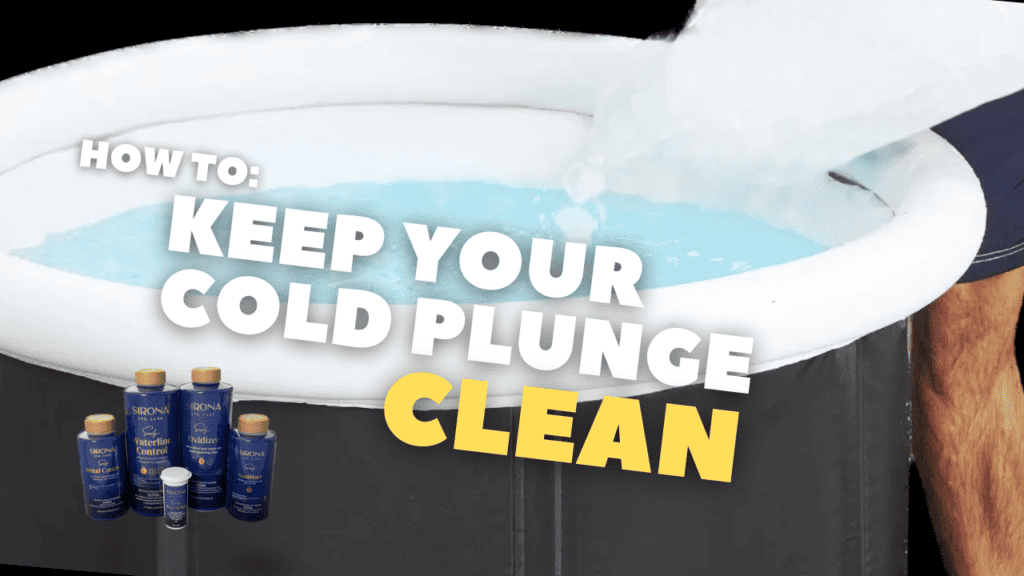
To maintain clean water with my Warrior Ultra 1.5 HP Water Chiller + Heater, would I need the Sirona Spa Care clarifier, sanitizer, and oxidizing solution? Or would the Sirona Spa Care sanitizer alone be sufficient?
Since it has built in UV, you might not need any of it. But if you do, I’d would at least use the sanitizer.